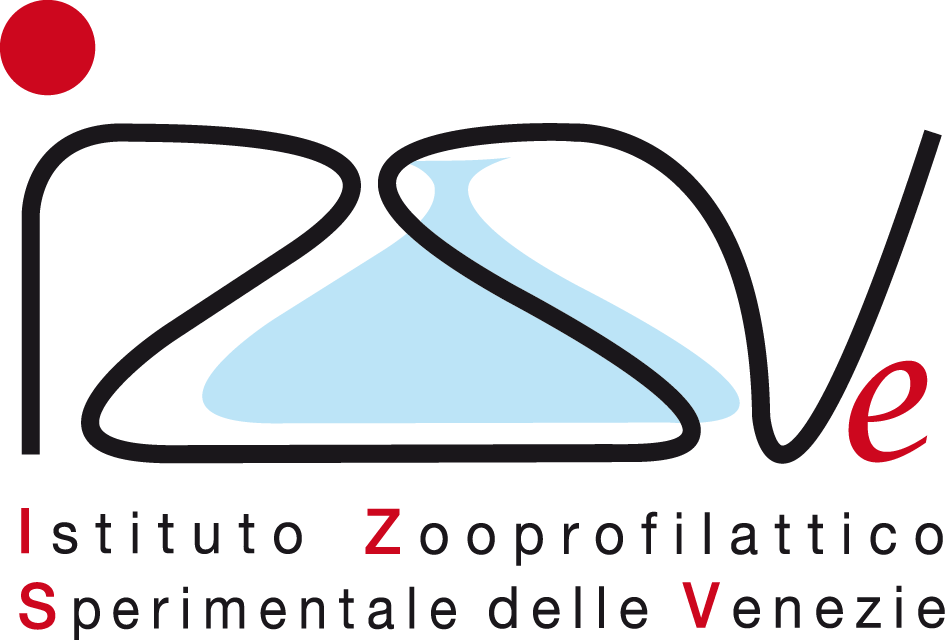The Use of GIS in animal disease response
An empirical approach for the implementation of a GIS project to capture, manage and analyse spatial data related to disease events
Start the course!Free of charge |
Knowledge required |
English |
There are many operational activities during a disease event that can benefit from a geographic information system (GIS). A GIS can be defined as a system for capturing, storing, checking, integrating, manipulating, analysing and displaying data which are spatially referenced to the Earth. Thanks to these capabilities, a GIS allows users to highlight answers to questions about the location and distribution of a particular disease event and manage the relate spatial information. Frequently-used GIS questions in animal diseases response include: “Where is/Where are...”, “How far is...”, “Where is the limit of the restriction area for...”, “What patterns exist...”. The ability of a GIS to capture spatial information, merge datasets, carry out exploratory spatial data analyses, and produce colour summary maps, has been a boon to decision makers in case of animal disease response.
The simplest use of GIS during a disease event entails point mapping of farm locations, proximity to other farms and point of interest, restriction areas creation, together with a exploratory spatial data analyses of the features of interest. To realize these functionalities, the minimum requirements are: a well defined framework for spatial data capturing and managing, a software for storing, analysing and displaying the data, and undoubtedly staff who know how to perform and process exploratory spatial data analyses.


